What Is Gut Health?
 We promote a healthy diet for our clients in Oceanside, CA, which includes food to eat for better gut health. While many of you may not be eating specifically for improving your digestive tract or elimination system, a healthy diet is one way to improve it. What does gut health entail? It’s about having a healthy environment for digestion. If you’ve found yourself bloated or gassy after eating, it’s time to think about a healthy gut.
We promote a healthy diet for our clients in Oceanside, CA, which includes food to eat for better gut health. While many of you may not be eating specifically for improving your digestive tract or elimination system, a healthy diet is one way to improve it. What does gut health entail? It’s about having a healthy environment for digestion. If you’ve found yourself bloated or gassy after eating, it’s time to think about a healthy gut.
You have thousands of microbes inside you.
While the ratio of microbes in your elimination and digestion system has been reconsidered, it was one time believed you actually had more microbes than cells. However, the minute you defecate, that ratio changes dramatically. Even so, there has been an estimation that the body contains about 100 trillion microorganisms. While they’d only account for about a pound or two of weight, many are extremely important for good health. Your gut or digestive and elimination system contains from a low estimate of 300 to a high of 1,000 different species, with just 30 to 40 of them being the most plentiful. The beneficial bacteria and microbes have a symbiotic relationship with humans, providing some of the digestive processes to deliver nutrients we can use. Without them, people would die of malnutrition.
What causes an unhealthy gut and how do you know you have one?
You may already know one of the signs of an unhealthy gut. It’s a combination of bloating, gassiness, diarrhea or constipation. Gas-X and Beano become your best friend. Other signs are more illusive. It may be insomnia, mood disorders, autoimmune diseases, bad breath, skin conditions and even food intolerance. Some studies show that cancer might even be a result of poor gut health. A craving for sugar not only promotes poor gut health, it’s a result of poor gut health. Not eating a diet that provides adequate nutrition, including prebiotic foods with fiber, overindulgence in alcohol, cigarette smoking, stress, lack of sleep and use of antibiotics can tilt the scales from a healthy gut to one that’s not.
Eating prebiotic food and fermented or probiotic food can help.
Anyone that watches television probably has seen the commercials for some brands of yogurt that provide a probiotic boost to the body. Fermented foods also help. These include kimchi, kefir and sauerkraut. However, you can also boost your gut health with prebiotics, foods that encourage the growth of beneficial microbes. Garlic, onions, mushrooms, bananas and apples are a few.
- Studies are now showing that lack of exercise can tip the scales to poor gut health. In the studies, regular exercise produced a healthier blend of bacteria for digestion. Stress, another factor in poor gut health, is also reduced.
- If you take antibiotics, always replace the beneficial bacteria killed by eating live bacteria yogurt or other fermented food and hour before the antibiotic or an hour afterward.
- Staying hydrated also helps gut health. Drink at least eight 8-oz glasses of water a day to be at your best.
- Cut the sugar and the processed food habit for better gut health. Whole foods have more fiber and provide a friendlier environment for beneficial microorganisms.

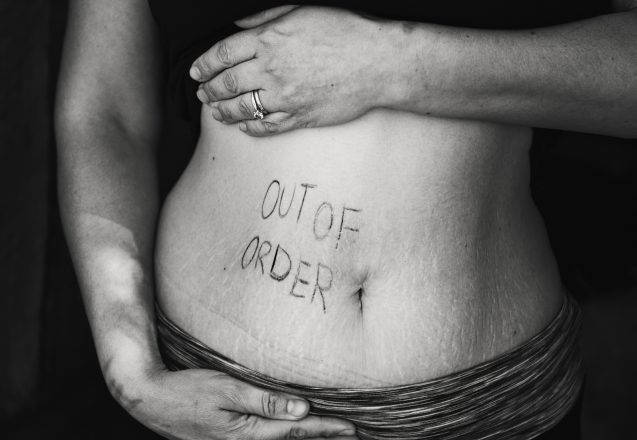
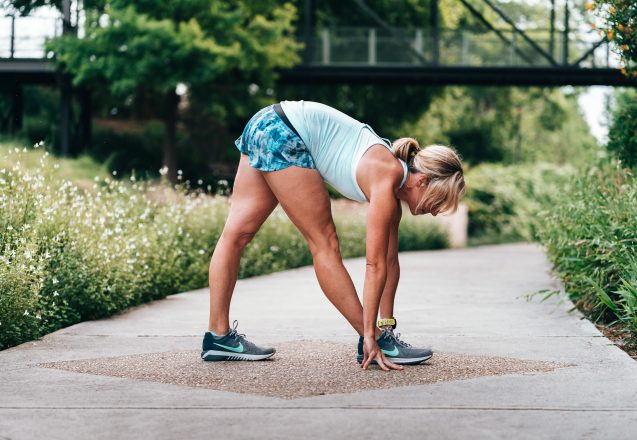
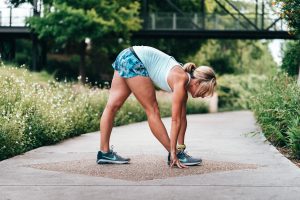 You may be diligent about doing a warm up exercise, knowing you’re preventing injury and making your workout better, but tend to cut your cool down short or skip it entirely to get out of the gym faster and home to supper or on to work. Your cool down workout is just as important as a warm up. That few minutes of cooling down does important things for the body. The few minutes you save might cost you a lot more than you think.
You may be diligent about doing a warm up exercise, knowing you’re preventing injury and making your workout better, but tend to cut your cool down short or skip it entirely to get out of the gym faster and home to supper or on to work. Your cool down workout is just as important as a warm up. That few minutes of cooling down does important things for the body. The few minutes you save might cost you a lot more than you think.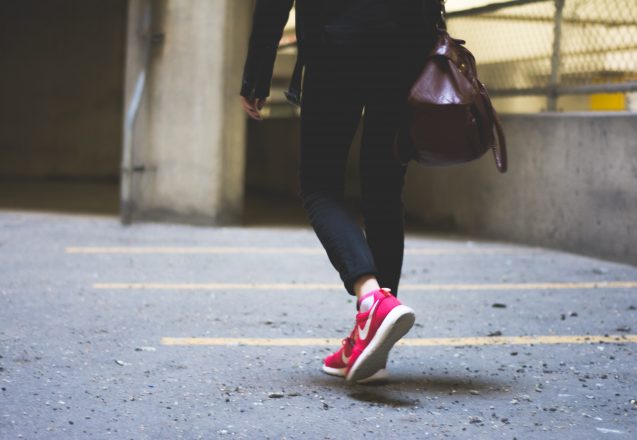
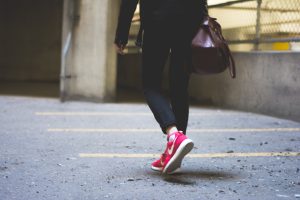 Walking has a leisurely sound to it. It’s associated with romance, such as long walks on the beach or a walk at sunset. It offers so much more than just a physical workout. It can provide relaxation. You can relieve stress with walking, while boosting your energy. For those just starting a program of exercise, it’s a great addition. It is exceptional for extremely obese people, too, since it puts less stress on the ankles, back or knees and a good way to start back if you’re just recovering from an injury.
Walking has a leisurely sound to it. It’s associated with romance, such as long walks on the beach or a walk at sunset. It offers so much more than just a physical workout. It can provide relaxation. You can relieve stress with walking, while boosting your energy. For those just starting a program of exercise, it’s a great addition. It is exceptional for extremely obese people, too, since it puts less stress on the ankles, back or knees and a good way to start back if you’re just recovering from an injury.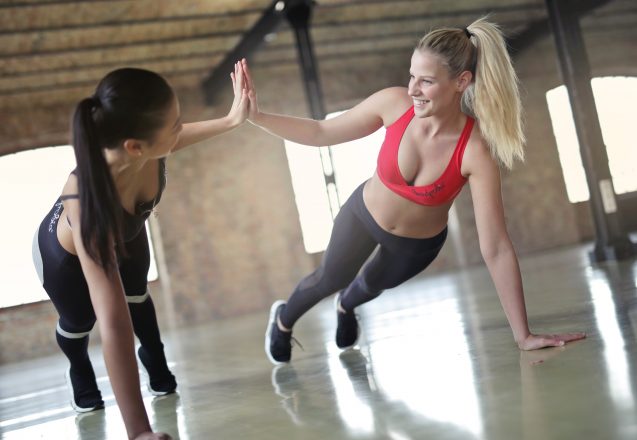
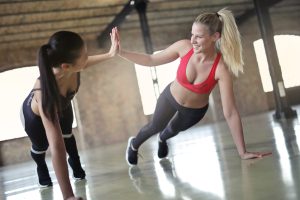 If you’ve ever wondered what the benefits of a workout partner are, you probably aren’t working with a personal trainer. A trainer is the ultimate workout partner. Whether you workout with a personal trainer or a workout partner, you’re accountable for showing up at the gym. On those overcast winter days when going home sounds like the best idea, you’ll still go for your workout because you have an appointment to meet with someone.
If you’ve ever wondered what the benefits of a workout partner are, you probably aren’t working with a personal trainer. A trainer is the ultimate workout partner. Whether you workout with a personal trainer or a workout partner, you’re accountable for showing up at the gym. On those overcast winter days when going home sounds like the best idea, you’ll still go for your workout because you have an appointment to meet with someone. If you’re like most of my clients, staying motivated through the holidays is tough. There’s a lot to do and exercising seems like the last thing on your list. To make it even worse, healthy eating is often put on hold. Every party, office kitchen and even home seems to have high calorie, high sugar treats that flaunt themselves at you until it’s hard not to sabotage your weight loss program because of their appeal. Here are some holiday tips that can help you make it through without weight gain and even some weight loss.
If you’re like most of my clients, staying motivated through the holidays is tough. There’s a lot to do and exercising seems like the last thing on your list. To make it even worse, healthy eating is often put on hold. Every party, office kitchen and even home seems to have high calorie, high sugar treats that flaunt themselves at you until it’s hard not to sabotage your weight loss program because of their appeal. Here are some holiday tips that can help you make it through without weight gain and even some weight loss.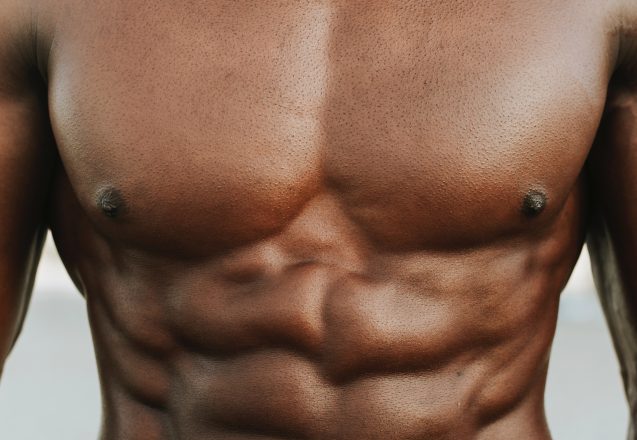
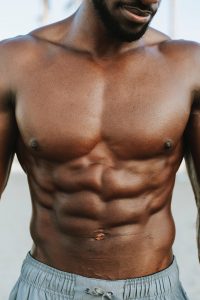 If you always dreamed of 6-pack abs, don’t dismay. It’s possible to get them, but not easy. It’s often on of the first things clients at my Oceanside, CA gym say they want to achieve, but there are steps to reaching that goal. It’s more than just doing a few ab exercises. You have to reduce the body fat that covers them so they show. Some people, approximately half the population, will have problems getting a six-pack that shows. That’s because they’re women. Women generally have higher healthy body fat levels than men, so men can safely reduce their body fat low enough for the definition of the abs to show.
If you always dreamed of 6-pack abs, don’t dismay. It’s possible to get them, but not easy. It’s often on of the first things clients at my Oceanside, CA gym say they want to achieve, but there are steps to reaching that goal. It’s more than just doing a few ab exercises. You have to reduce the body fat that covers them so they show. Some people, approximately half the population, will have problems getting a six-pack that shows. That’s because they’re women. Women generally have higher healthy body fat levels than men, so men can safely reduce their body fat low enough for the definition of the abs to show.
 If you’ve spent long hours during the week, thinking you’ll catch up on the weekend, you are on the road to failure. The truth is, you really can’t catch up on sleep in two days. The importance of consistent sleep schedule should make it one of your top priorities. You probably already work out and maintain a healthy diet, but fail when it comes to getting adequate sleep. That can take its toll on your health. Not everyone needs eight hours of sleep, some need more, while others can function on as little as six, but if you’re tired during the day, you’re either getting poor quality sleep or not enough.
If you’ve spent long hours during the week, thinking you’ll catch up on the weekend, you are on the road to failure. The truth is, you really can’t catch up on sleep in two days. The importance of consistent sleep schedule should make it one of your top priorities. You probably already work out and maintain a healthy diet, but fail when it comes to getting adequate sleep. That can take its toll on your health. Not everyone needs eight hours of sleep, some need more, while others can function on as little as six, but if you’re tired during the day, you’re either getting poor quality sleep or not enough.
 If you’ve ever noticed your posture when everything is going wrong or you’re feeling miserable, you’ll probably notice it’s not it’s best and you have that “hang dog” appearance. Good posture makes a huge difference in how people perceive you. If you walk straight and tall, you’ll look confident. Even if you’re not confident, that look can help you in every walk of life. There’s also a saying, “Fake it until you can make it.” Looking confident allows you to build that confidence.
If you’ve ever noticed your posture when everything is going wrong or you’re feeling miserable, you’ll probably notice it’s not it’s best and you have that “hang dog” appearance. Good posture makes a huge difference in how people perceive you. If you walk straight and tall, you’ll look confident. Even if you’re not confident, that look can help you in every walk of life. There’s also a saying, “Fake it until you can make it.” Looking confident allows you to build that confidence.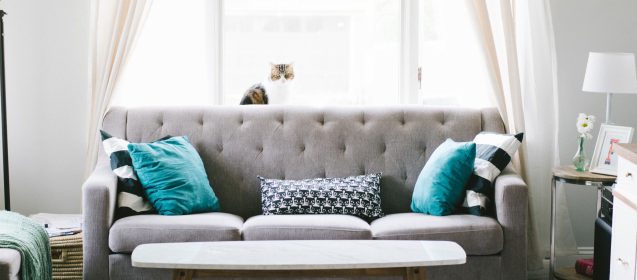
 I know that creating a healthy home is a top priority for many of my clients in Oceanside, CA. They want to build a healthy lifestyle to enjoy more years with their family and also help their family live healthier by encouraging the same and living in an environment that’s devoid of health hazards. There are a lot of things you can do to make your home a healthier place to live. It starts with how you clean.
I know that creating a healthy home is a top priority for many of my clients in Oceanside, CA. They want to build a healthy lifestyle to enjoy more years with their family and also help their family live healthier by encouraging the same and living in an environment that’s devoid of health hazards. There are a lot of things you can do to make your home a healthier place to live. It starts with how you clean.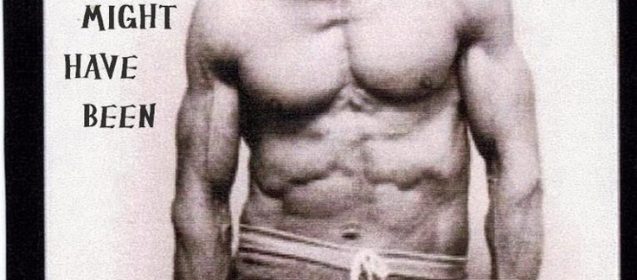
 Don’t fret about getting older. It’s far better than the alternative, especially when you realize that it doesn’t have to mean getting weak and frail. In Oceanside, CA, my clients don’t worry about age, they know it’s just a number. The true test is how good you feel and how much you enjoy life. One thing that will keep you feeling great and looking good is eating healthy and regular workouts. Unless there’s a magic pill that can turn back the hands of time, a healthy lifestyle is the best thing yet to maintain strength and agility.
Don’t fret about getting older. It’s far better than the alternative, especially when you realize that it doesn’t have to mean getting weak and frail. In Oceanside, CA, my clients don’t worry about age, they know it’s just a number. The true test is how good you feel and how much you enjoy life. One thing that will keep you feeling great and looking good is eating healthy and regular workouts. Unless there’s a magic pill that can turn back the hands of time, a healthy lifestyle is the best thing yet to maintain strength and agility.